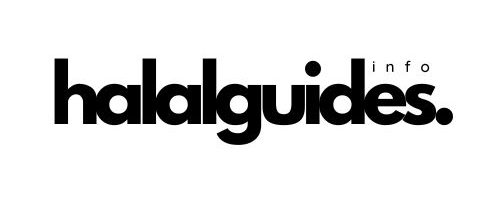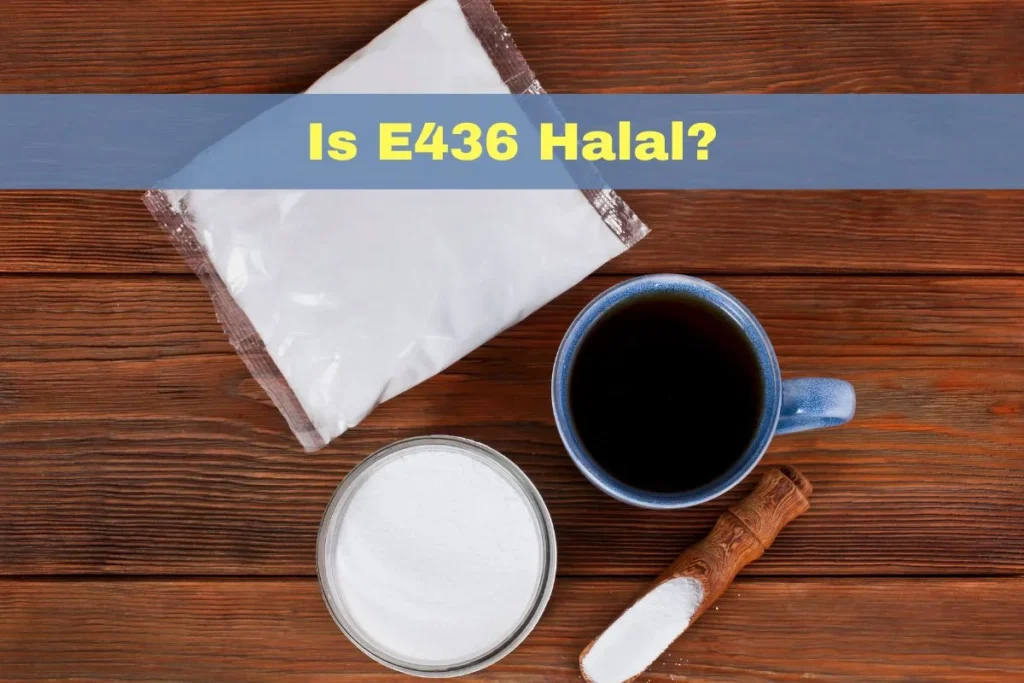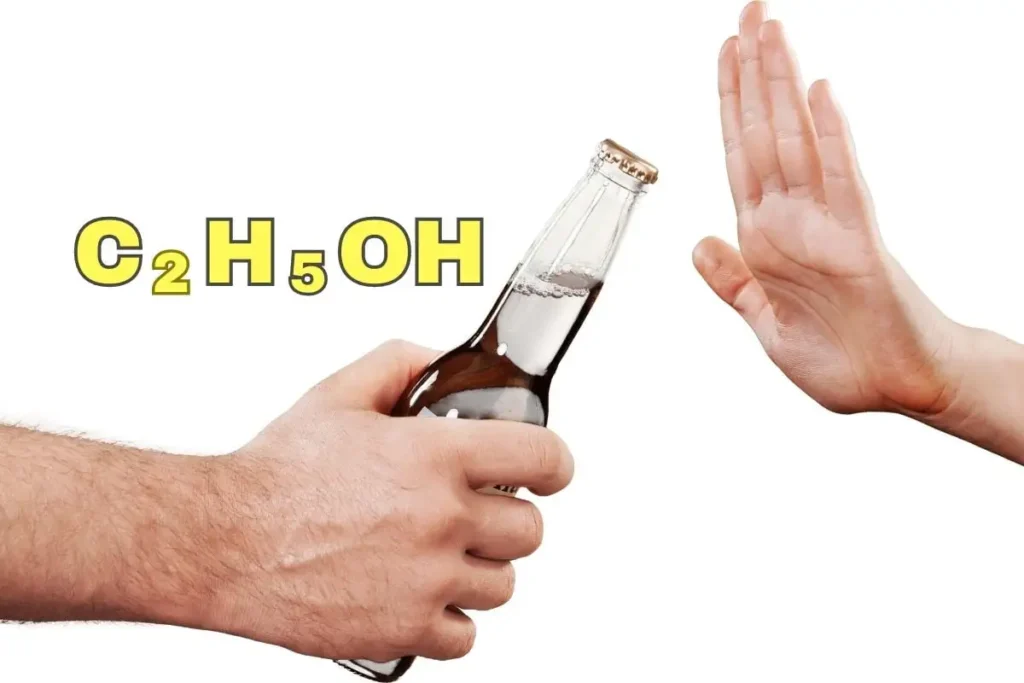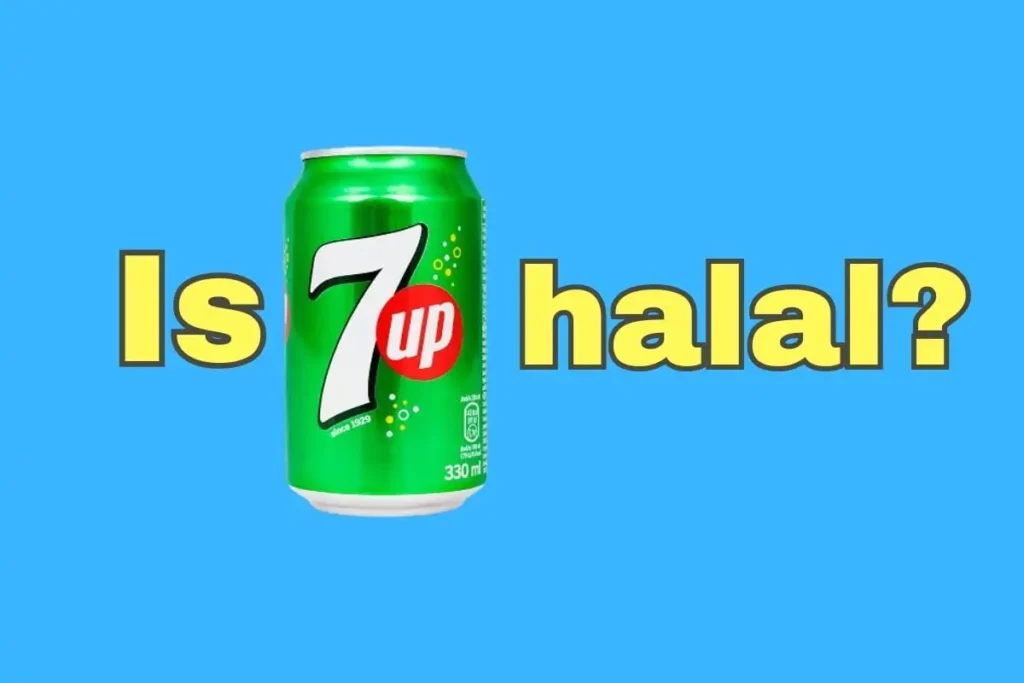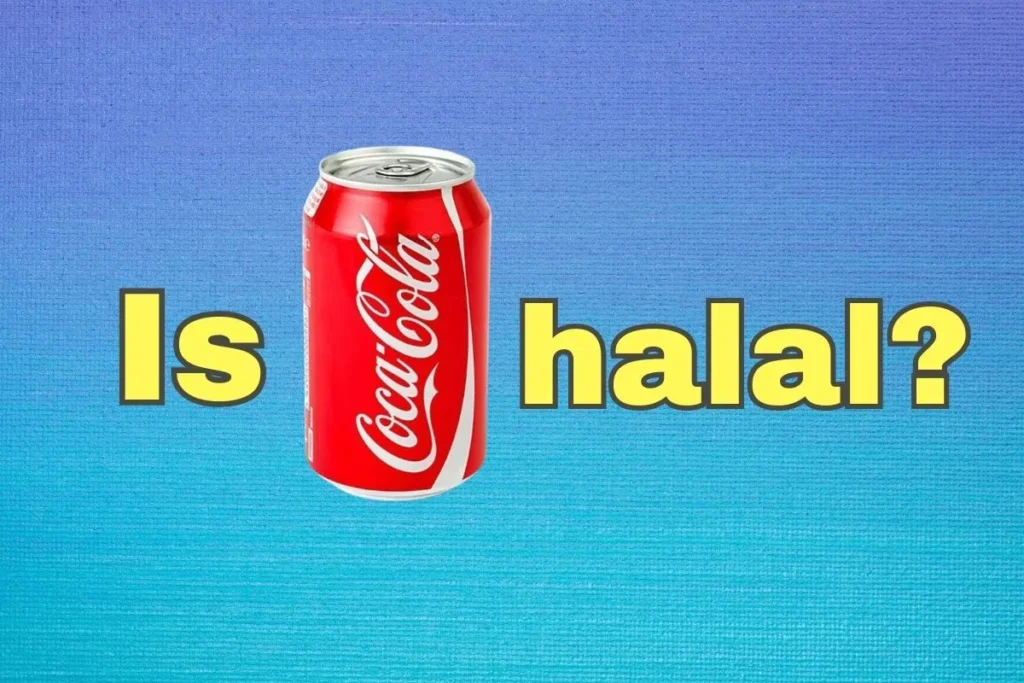Key Takeaways
Unlocking the mystery behind E436 – Is it halal or not? 🤔 Join us on a journey to unravel the truth about this common food additive.
In this brief exploration, we’ll delve into the world of E436, separating fact from fiction to provide you with a clear understanding of its halal status. Get ready to demystify the label and make informed choices for a halal-conscious lifestyle!
| 📌 E436, or Polysorbate 65, is a food emulsifier commonly found in processed foods. It’s the secret behind that perfect blend of oil and water in your favorite treats. |
| 📌 E436 is safe in regular food amounts. High doses may cause minor digestive issues, but your usual treats are well within the safety zone. |
| 📌 While generally safe, E436’s halal status is uncertain. It traces back to sorbitol, tagged “doubtful” in halal terms. Those seeking halal certainty might explore alternatives. |
What is E436?
Polysorbate 65, denoted as E436, acts as an emulsifying agent. It helps blend immiscible components like oil and water into stable mixtures frequently seen in processed foods.
Chemical Structure
E436 is a sorbitan ester synthesized from plant-derived sorbitol that undergoes ethoxylation and fatty acid derivation through non-animal means.
What Is E436 Made From?
Ever wondered what makes your favorite ice cream so delightfully smooth and creamy? Well, E436 might just be playing a crucial role in that velvety texture!
Buckle up for a journey through the production process, and by the end, you’ll be equipped with some impressive food science knowledge.
First things first, we start with sorbitol, a sugar alcohol sourced from corn or other grains. Picture a field of golden corn swaying in the breeze – that’s the beginning of our adventure.
Now, this sorbitol undergoes a meticulous chemical ballet, not involving any animal inputs or byproducts. It’s a strictly non-animal affair! Through a series of reactions, the sorbitol is transformed into Polysorbate 65, a versatile compound that’s about to make your culinary experiences a whole lot smoother.
Now, imagine this – you’re indulging in a scoop of your favorite ice cream. As it melts on your tongue, have you ever wondered how it maintains that perfect consistency? That’s the magic of Polysorbate 65 at work! Its molecular structure, carefully crafted through chemical processes, allows it to act as an emulsifier and stabilizer.
Possible Side Effects
No harmful effects are associated with customary intake from foods prepared to adhere to standards. Very high unregulated doses may cause minor digestive issues.
Regulations and Guidelines
The European Food Safety Authority (EFSA) has evaluated E436 and stated that the acute toxicity is very low, with no concerns regarding genotoxicity, carcinogenicity, or developmental toxicity.
Authorities like the U.S. FDA permit E436 according to specifications when manufactured properly.
Dosage and Administration
Technical documents provide guidelines on judicious E436 addition without risks. Average individual daily exposure is estimated at 10-50 mg from the diet.
Is E436 Halal or Haram?
While generally safe for consumption, the halal status of this substance remains doubtful. This uncertainty arises from E436 being sourced from sorbitol, whose halal status is considered syubhat (doubtful).
Find out more:
Is E440a Halal or Haram?
Is E435 Halal or Haram?
Conclusion
Embark on a culinary journey with E436, the secret behind smooth delights. From golden sorbitol fields to Polysorbate 65 magic, E436 elevates your treats.
Safety-approved but halal unsure, E436 is your flavor ally, adding depth to your gastronomic adventures. Armed with knowledge, relish not just tastes but the stories in every bite. 🍴✨
Allahu A’lam (Allah Knows Best)
FAQ
What is the source of E436?
It’s derived from sorbitol via chemical processing.
Is E436 safe for consumption?
According to Ataman Chemicals, E436 is considered safe, with no reported adverse effects at the levels present in food.
What are some common food products that contain E436?
Typical products containing E436 include cakes and cake mixes, dairy-based whipped cream, coffee whiteners, ice cream, and frozen desserts.
What is the CAS number of E436?
The Chemical Abstracts Service registry number is 9005-71-4.
Is E436 banned in any country?
No outright prohibitions exist, though some places control levels depending on the food context.
- Is Pop Tarts Halal? What You Need to Know - February 18, 2024
- Are Graham Crackers Halal in Islam? - January 19, 2024
- Is Keebler Wheatables Halal? - January 18, 2024
